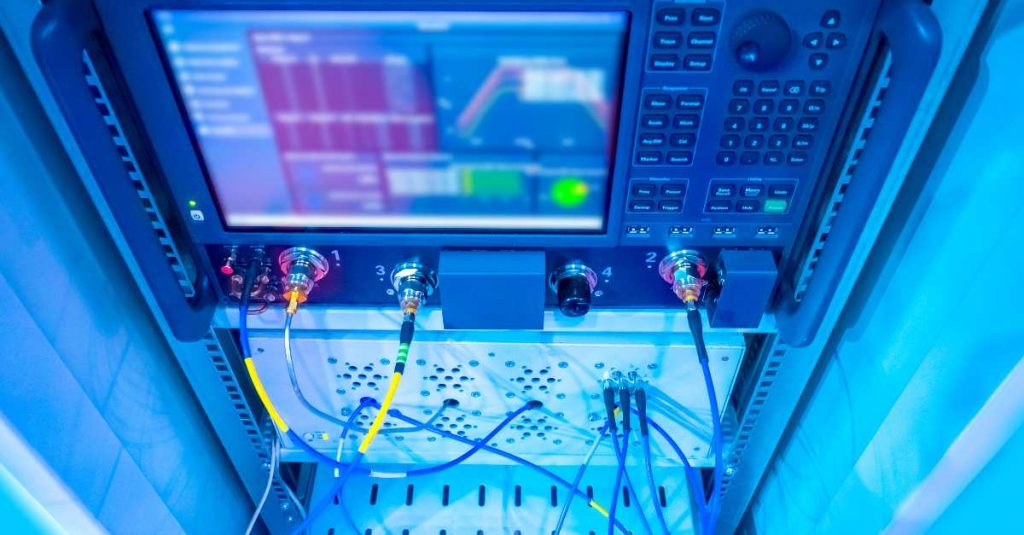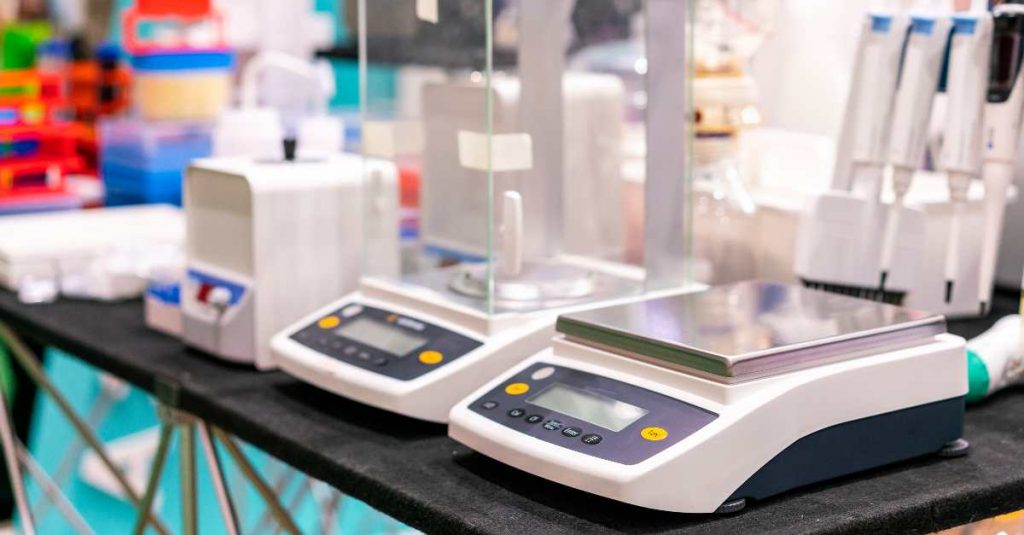There are over 20,000 ISO standards. And there is one about the management system of testing and calibration laboratories — ISO 17025.
In simple terms, it includes the requirements of ISO 9001 as well as a set of good practices for this type of activity.
Does it make a difference if you send samples for testing in a lab that is ISO 17025 certified?
The situation is different for the 3 main types of laboratories you, as an importer or manufacturer, will need to use.
a) For calibration testing — ensuring that your measurement devices have an acceptable degree of accuracy. This is one of the bases of a measurement system. Without accurate instruments, you can’t use them to draw conclusions about the quality of products you check.
I’d say it is quite important to pick an ISO 17025 certified lab for this (either to calibrate your instruments or to calibrate the standard you use internally for calibration). The whole idea is to provide assurance in your readings by having an as-direct-as-possible relationship between a national standard and your instruments.
b) For compliance testing — confirming that products comply with regulatory standards of the countries where they will be sold. It is a way of keeping users/customers safe, but also a way of proving that you have done sufficient monitoring of production.
In case fingers are pointed at you, your customers (or, worse, an expert in court) will look at the source of the testing reports/certificates you produce. If they see “UL”, “TUV Rheinland”, or any name we included in our list of testing labs, they might not look further. If they see an unknown lab’s name, they will probably want to see that lab’s certificate, the corresponding scope, and the detailed test findings.
(If you are not familiar with compliance testing, you can read this article about the basics.)
c) For reliability testing — confirming that products will not fail in the field, or in the hands of users, based on certain assumptions (for example: used for 3 years, 5 times a week for 10 minutes, in a certain climate, with a certain force, etc.).
In my experience, the most important (by far) is to pick an adequate testing plan and to document the results. Unlike calibration and compliance work, there is often no “standard plan”, and the list and type of tests have to be drafted based on intended usage.
For these reasons, I do NOT give much attention to the lab’s management system and its certificates here.
(If you are not familiar with reliability testing, feel free to read these 7 FAQs.)
A couple of good practices that are compulsory in order to be certified

You might be wondering, what do ISO 17025 certified labs do that non-certified labs don’t?
Here are two examples of good practices.
1. Raising confidence in test findings through comparisons between labs
Internal monitoring of methods is not enough. To be certified, a lab has to resort to at least one of these 2 QA approaches.
a) Inter-laboratory comparison on the same items — let’s say samples are sent to 5 labs. If at least 3 of those labs’ findings are close to your findings, it’s a good sign.
b) Ask a ‘proficiency testing provider’ to organize the comparison between labs. They send similar samples to several labs with specific instructions. They compile the results and send the results back to the labs. Again, if a lab’s findings are far away from those of the others, that’s a problem.
2. Raising confidence in test findings by tracing calibration back to a national standard
Metrological traceability is extremely important. If a measurement instrument is not calibrated based on a standard that is more accurate and that is (directly or indirectly) calibrated based on a national standard, it will erode confidence in the findings.
There are several ways to achieve that goal. You can find a great explanation, based on an example with a thermometer, in this article.
One last thing to know: the hierarchy of ABs and CBs
There is a hierarchy in who ‘authorizes’ whom.
At the top is the Accreditation Body (AB). In China, it is the CNAS (China National Accreditation Service for Conformity Assessment).
The AB gives accreditation to Certification Bodies (CBs). When a lab is certified to ISO 17025, they are a CB. They can test & certify products.
Being accredited as a CB based on ISO 17025 is more complex and more expensive than simply being certified to ISO 9001.
*****
I hope I helped clarify what this ISO standard means, and when you need to look for a lab that is certified to it.
Read more posts about testing laboratories
- List of testing laboratories in China
- 3 Ways To Get Faster Results From Laboratory Tests On Your Products
- The Basics about Laboratory Tests Every Importer Should Know
- What are Laboratory Certifications Worth in China?
- Laboratory testing of products from China: Q&A with an expert
Disclaimer
We are not lawyers. What we wrote above is based only on our understanding of the regulatory requirements. QualityInspection.org does not present this information as a basis for you to make decisions, and we do not accept any liability if you do so.

